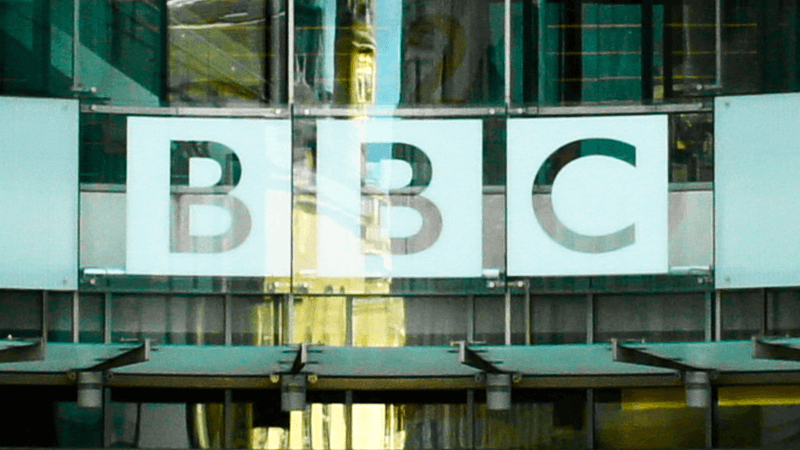Reality Check: The subjective nature of ‘hate crime’

Hate crime is back in the news. In August, The Christian Institute considered a reported rise in transgender hate crimes and found things were not as clear cut as they seemed.
The BBC recently published an article emblazoned with the headline: “Transgender hate crimes recorded by police go up 81%”. That’s clear enough. The police record crimes. Some of those are hate crimes against transgender people. And they’ve gone up by 81 per cent. Right? Wrong.
The article in question can be found here. Setting aside any potential for misrepresentation by The Corporation, with so much public debate around hate crime it’s worth highlighting the vagueness of the term. In short, ‘hate crime’ may be neither ‘hateful’ nor ‘a crime’.
The ‘crime’ is subjective
The numbers of criminal convictions motivated by hate differ greatly from hate crime statistics based on reports to the police. By nature, police-recorded hate crimes involve subjective judgements made by the recording police officer and by the victim. This is on at least two levels.
First, the question whether or not an incident is an offence. The Home Office Counting Rules prescribe that an incident should be recorded as a crime if, on the balance of probability, the reported circumstances amount to a crime (as the police officer understands the law). It includes the directive that a belief by the victim that a crime has occurred is “usually sufficient to justify its recording”.
This means that a crime may be recorded when none has actually been committed. There have been many people investigated for offensive speech who are never charged with any offence. Remarks may be classified in statistics as a hate crime but are not actually a breach of the criminal law.
The ‘hate’ is subjective
The second level of subjectivity comes with the ‘hate’ aspect. To be recorded as a ‘hate crime’ there is an additional test to apply – one of motivation.
“A hate crime is defined as ‘any criminal offence which is perceived, by the victim or any other person, to be motivated by a hostility or prejudice’ based on one of five categories: religion, faith or belief; race, ethnicity or nationality; sexual orientation; disability; or gender identity” (emphasis added).
The Police and Crown Prosecution Service have openly stated, “There is no legal definition of hostility” so the “everyday understanding of the word” is used. This includes “ill-will, spite, contempt, prejudice, unfriendliness, antagonism, resentment and dislike”.
The 1,944 recorded ‘transgender hate crimes’ in 2018-19 will include instances where the ‘hate’ element comes from a perception of unfriendliness or dislike to someone who may or may not be transgender.
So what is recorded as ‘hate crime’ may not be motivated by hate and may not even be a crime.
It is perhaps not surprising then that police guidance on ‘hate crime’ is set to be challenged in the High Court.
Recording ‘hate crime’
Finally, it’s worth briefly noting that one of the biggest increases was in the West Yorkshire Police area where ‘transgender crime’ reports more than trebled. Here’s their explanation:
“…recent increases in hate crime are predominantly associated with administrative change in relation to Force crime recording processes which have resulted in an increased likelihood of a crime being recorded following an incident report to the Police. Crime increases have been reported across a number of crime types this year and the increases in hate crime follow a similar pattern to related offences such as public order and low level violence without injury”.
In other words, ‘we’ve changed the way we record these incidents which means more of them are classified as ‘hate crimes’’. Several other forces saw their figures fall in the last year – in some cases, substantially.
